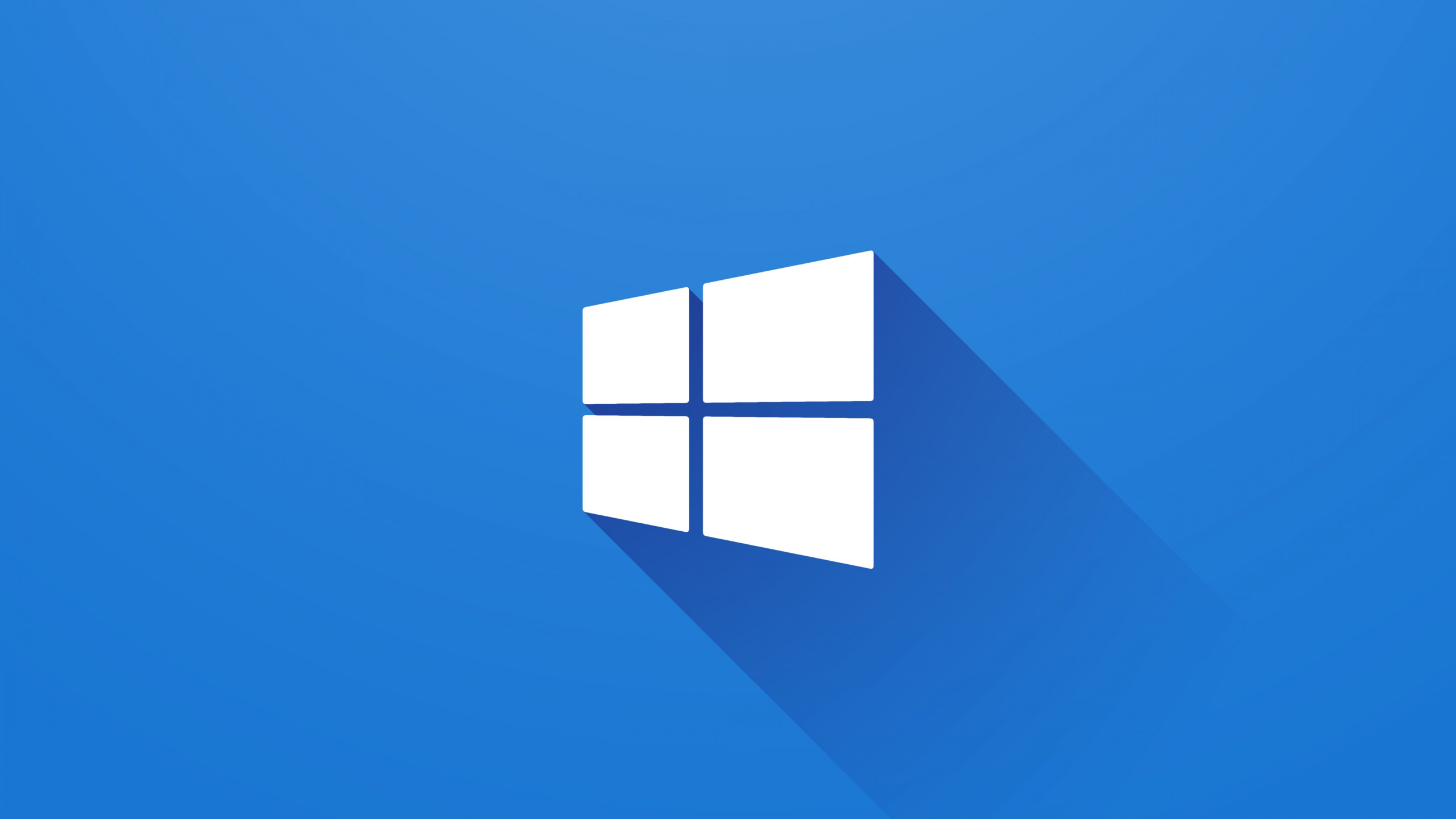

- MOZYPRO FILTER FAILED TO START WINDOWS 10 2017 HOW TO
- MOZYPRO FILTER FAILED TO START WINDOWS 10 2017 UPDATE
MOZYPRO FILTER FAILED TO START WINDOWS 10 2017 UPDATE
Select the Windows Update Cleanup and Previous Windows Installation(s) categories and click OK to free their space. Run Disk Cleanup Manager (Cleanmgr.exe) as an administrator. Instead, if you're confident you don't need those old files, you need to use one of two built-in system tools. You can't recover this disk space using File Explorer. Old Windows Update files can use multiple gigabytes of space, and a semi-annual feature update can keep tens of gigabytes of old Windows files on hand for weeks to enable recovery features. Some of the biggest disk hogs are files that Windows keeps on hand even after a successful update. (Don't forget the Downloads folder, and be sure to empty the Recycle Bin after your housekeeping is complete.)īut that's only the first step in claiming back free disk space. When your hard disk starts to feel overstuffed, your first option is to tidy up your personal data folders, deleting files you no longer need and archiving others to external storage devices or to the cloud.Files save to OneDrive by default in Windows 10 - OneDrive.This doesn't work in Win10-1709 | "Free up space now" has only one button ("Clean now") and no other options.Settings > System > Storage > More storage settings > Change where new content is saved.Settings > System > Storage > Storage Sense > Change how we free up space.Settings > System > Storage > Local storage > click on the drive letter > click on the category "System & reserved" > Manage system restore.

Manage storage in Windows 10 - TechRepublic.
MOZYPRO FILTER FAILED TO START WINDOWS 10 2017 HOW TO
How to Set Up Subscription-Free Offsite Backup - ExtremeTech.Virtual Storage (= online storage/backup).If you need more info on a black or blank screen error, see Troubleshoot black or blank screen errors.Īllow your device to fully restart. Select option 5 from the list or press F5 for Safe Mode with Networking. On the Choose an option screen, select Troubleshoot > Advanced options > Startup Settings > Restart.Īfter your device restarts, you'll see a list of options. Now that you are in winRE, you will follow these steps to take you to safe mode:

When Windows restarts, hold down the power button for 10 seconds to turn off your device.Īllow your device to restart into Automatic Repair, and select Advanced options to enter winRE. On the first sign that Windows has started (for example, some devices show the manufacturer’s logo when restarting) hold down the power button for 10 seconds to turn off your device. Press the power button again to turn on your device. Hold down the power button for 10 seconds to turn off your device. To do this, you will repeatedly turn your device off, then on: Note: If you’ve encrypted your device, you’ll need your BitLocker key to start in safe mode.īefore you enter safe mode, you need to enter the Windows Recovery Environment (winRE).


 0 kommentar(er)
0 kommentar(er)
